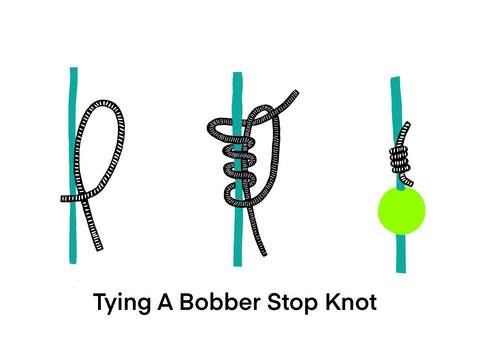Fixed vs Slip Bobbers 101

As the walleye season opener is upon us and many novices join the long line of walleye fisherfolk each year, it gives us a chance to talk about something other than musky fishing─sheesh! As many anglers are prepping their tackle for the season, the question of bobbers comes up for those planning to use live bait. Walleye and multispecies anglers use an assortment of bobbers to reach their desired depths, so let's take a spin at answering this question for those who might be just now beginning their journey.

The modern plastic fixed bobber has been a tackle box staple since its invention, with a few tweaks along the way, but in what way would it outperform its counterpart, the slip bobber. That’s easy: shallow multispecies fishing. The fixed bobber is only helpful in limited capacities. This bobber is made for casting short distances and fishing shallow. It is excellent for beginner anglers fishing off of docks and piers. It can actually be used at depth, but only if you are dropping your line over the side and not casting. If you plan to launch toward deeper water, it’s time to graduate to the slip bobber.
Slip bobbers are great for all functions, but their number one enticing feature is the ability to cast a great distance. Because the bobber stop can be tied at any distance from the live bait, the full weight of your bobber can remain at the end of the cast, propelling it much further than a fixed bobber with its awkward end-over-end gate. Once a slip bobber reaches its resting place, the bobber will allow the line to drop through until it rests on its backstop.

Slip bobbers are great for fishing deep rocky reefs or other types of deep structure. For walleye season, the slip bobber is exceptionally handy as they like to gather in deep off-shore locations. With your slip bobber at the ready, it’s only a matter of time before you get a bite that you won’t miss. As this reference demonstrates, make sure you tie a nice knot for your bobber stop, and you’re off to the races.
